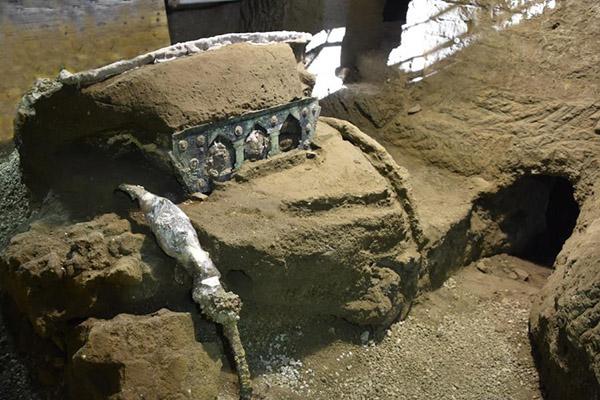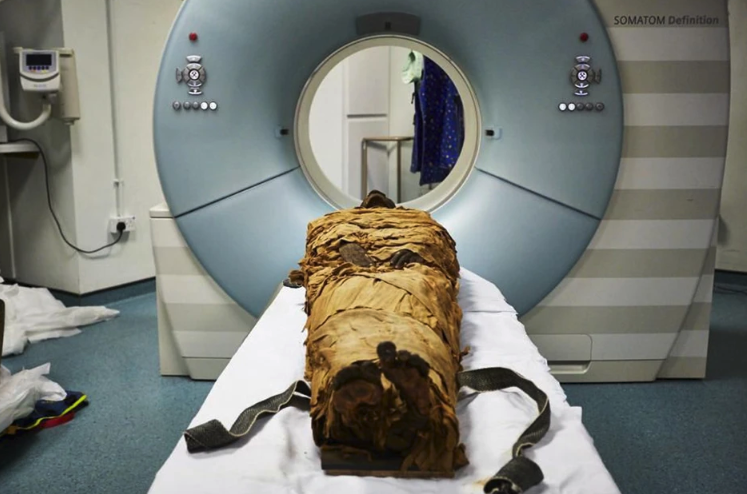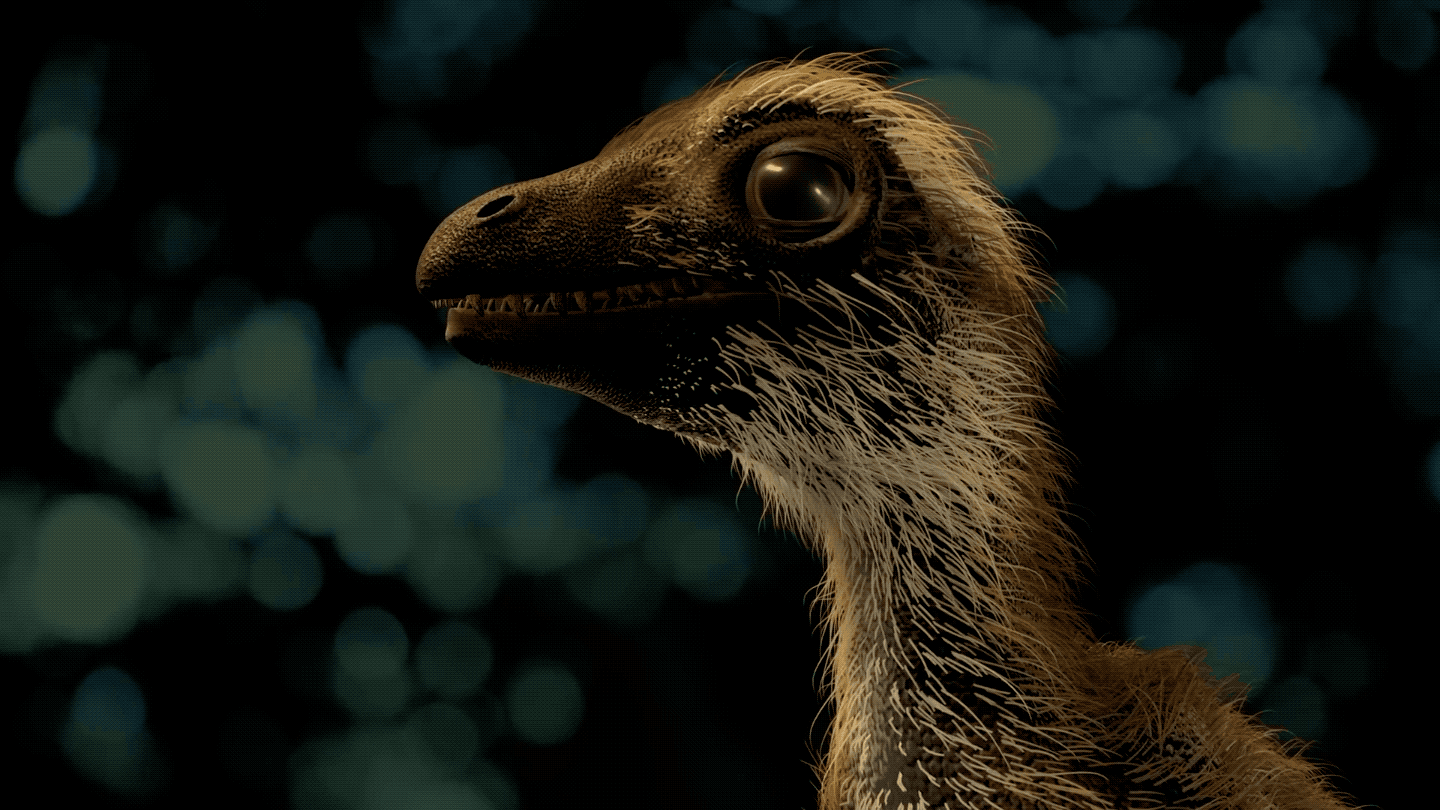museums
The chariot survived ancient eruptions and modern-day looters to become a part of the world heritage site.
The key? A computational flattening algorithm.
Google’s Arts & Culture app just added a suite of prehistoric animals and NASA artifacts that are viewable for free with a smartphone.
Scientists used CT scanning and 3D-printing technology to re-create the voice of Nesyamun, an ancient Egyptian priest.
The American Museum of Natural History presents the new, more accurate T. rex.




